A maze of islands and islets that gracefully embellish the Adriatic Sea. The densest and largest archipelago in the Adriatic, which even stole the attention of Irish playwright George Bernard Shaw. “On the last day of the Creation God desired to crown His work and thus created Kornati Islands out of tears, stars and breath".
History
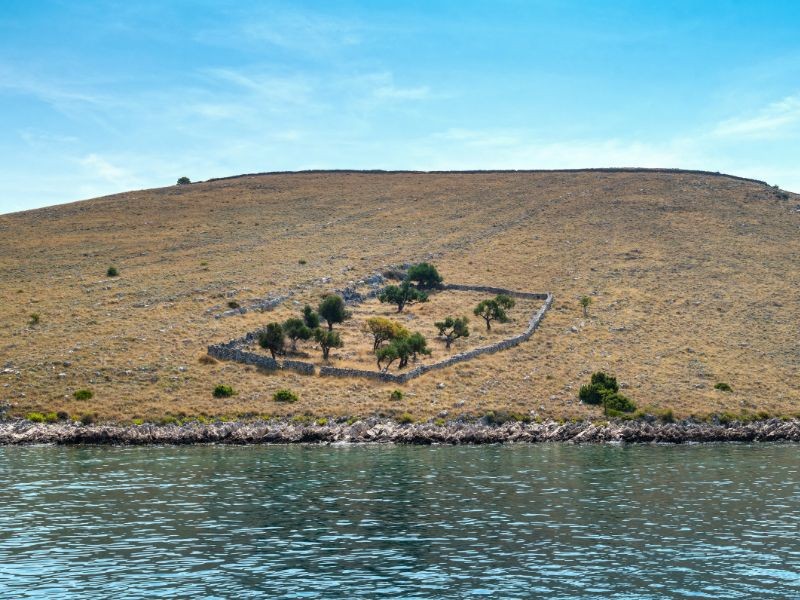
The Kornati Islands were created at the end of the Ice Age when a considerable rise in the sea level resulted in fields becoming the sea and mountain ranges becoming islands. This was confirmed by ancient remains in the Kornati from two thousand years ago. The best preserved among them are the vivariums in the seabed of Svršata and Mala Proversa, sunken saltpans in Šipnata and Lavsa, and other remains around Trstikovac, Statival, Sedlasti bok, and Piškera islands.
Thanks to Liburnian castles and mounds on the islands of Kornat and Žut, we know the Illyrian tribe Liburna lived there until the arrival of the Romans. However, although traces of settlements date back to Neolithic times, the Kornati archipelago is without permanent settlements today. Counting almost 150 islands, part of Kornati's breathtaking karst landscape was recognized as a national park in 1980. Eighty-nine uninhabited islands, islets, and reefs cover 217 square kilometers to make up the Kornati Islands National Park, admired for its ‘crowns’, or steep vertical cliffs.
On the other hand, Murter is one small island that covers an area of 18.7 square kilometers. Its largest town bears the same name. Murter has been inhabited since prehistory and the Illyrian era thanks to architectural Liburnian remains and Roman buildings, harbor devices, and mosaics. Its unique name pays tribute to an ancient hollowed-out stone trough that was part of an oil press, which exhibits the long-standing tradition of olive growing in this region. At one time, 170,000 olive trees were cultivated on this island, and about sixty wagons of oil were produced annually. Murter olive oil even received a gold medal at the international oil exhibition in Eix, France, in 1913! But it’s not all about olives on Murter. Today, the town of Murter has the most ships on the Adriatic per capita, the most wooden ships, and the most ships with traditional sails!
Marinas
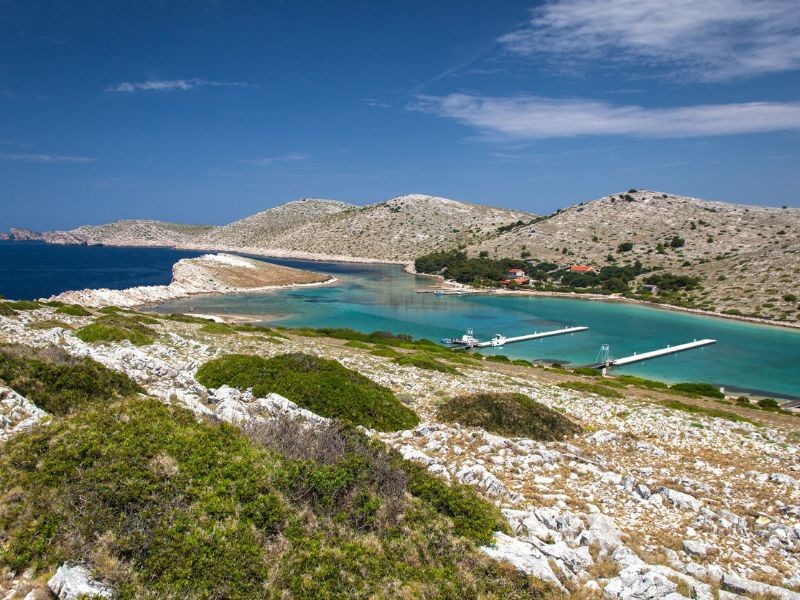
The so-called gateway to the Kornati is Marina Hramina on Murter Island. In addition to 370 sea berths, this marina has many amenities and services, including a restaurant, bar, parking, accommodations, laundry room, mini market, nautical equipment shop, boat services, scooter, and boat rentals, and beach for marina guests.
Another marina that grants easy access to the Kornati Islands is Marina Kornati Biograd, a so-called pioneer of nautical tourism in the town of Biograd na Moru. This marina has 15 arranged wharves with 705 berths, making it one of the largest maritime ports in Zadar County. This marina also has hotel accommodations and a restaurant that specializes in seafood.
The island of Žut, which sits between the islands of Pašman and Kornat, also offers a 120-berth ACI marina. Strunac and Golubovac are the most popular bays on this island, though there are many sheltered coves perfect for sailors.
And another incredible perk? If you park at ACI Marina Piškera between Piškera and Panitula Vela islands, your ticket for Kornati National Park is included in the daily berthing price!
Where to eat?
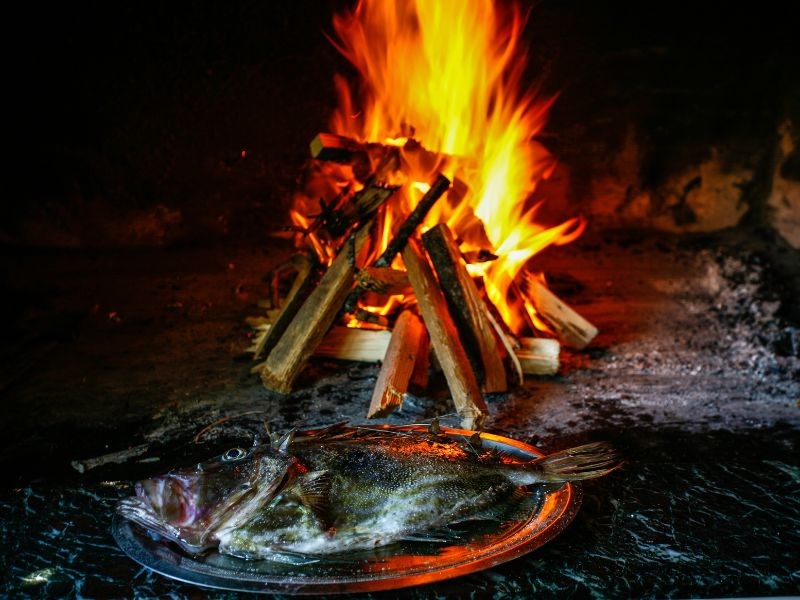
If you’re on the island of Murter, there are two not-to-miss restaurants - Konoba Skalinada and Konoba Boba.
Skalinada has been around for over 30 years, thanks to the tradition of the Troskot family. With a wonderful selection of Dalmatian fish and meat specialties enhanced by homegrown veggies, it is also important to note that Skalinada produces its own olive oil and wine from the Vrana Lake hinterland. And if you don’t feel like sailing after dinner? The Skalinada rooms and suites sit above the restaurant for you to rest your head.
Konoba Boba is not only one of Murter’s best restaurants, but it’s often considered one of the best restaurants in Dalmatia. Traditional and seasonal ingredients are taken into the modern era thanks to chef Vjeko Bašić, who is adamant about sourcing locally from Murter and the Kornati archipelago to create his culinary masterpieces. Boba’s own organic garden certainly helps to make this a reality. A Mediterranean restaurant setting mixes authentic stone walls and quaint courtyards to complete the experience.
And if you had to choose a restaurant on the Kornati Islands? Konoba Smokvica sits on Vela Smokvica Island and is the go-to for boaters, thanks to chef and owner Andrija Kero. You’ll quickly understand his ‘edible but simple and raw’ philosophy, which, of course, honors the natural world on the island, with many ingredients harvested from the restaurant’s garden. And let’s not forget about their homemade olive oil. With Kornati culinary traditions at its core, be prepared to try everything from pasta with sea urchin roe or traditionally made lamb.
Best beaches and bays
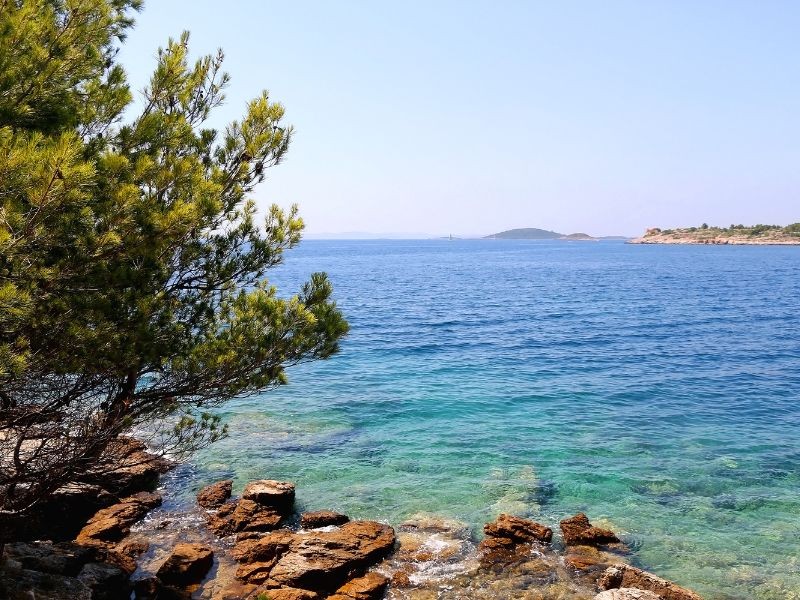
With so many to choose from, how could we possibly only name a few?
First, don’t miss Opat, located on Kornat, the largest island in the archipelago. Not only is this bay a beauty, but it boasts a restaurant of the same name that serves standout local cuisine. And there is even room for 20 boats to dock!
Just southwest of Kornat is Levrnaka, the tallest island in the archipelago, standing at 117 meters. Thanks to its height, you can expect stunning archipelago views and Lojena beach on the island’s opposite side, which can be reached by foot in just a few minutes.
And we can’t forget about the uninhabited island of Žut, what many call the heart of the Kornati, just 25 km away from Murter. Don’t miss Strunac bay for a swim, explore the island’s olives and figs, and absolutely stop at the famous fish restaurant Fešta, located near the ACI marina!
Now let’s talk about Murter. Slanica Beach is considered the main beach, perfect for families thanks to its shallow and sandy seabed. There are also many bars and restaurants behind the beach where you can recharge. Podvrske beach is another sandy beach on the island's northern side, just one kilometer away from Murter town. A tranquil stay for your beach day, this gem also offers a view of the peninsula!
Pro tip: Don’t miss Kosirina bay, one of Murter’s most stunning spots!
Activities
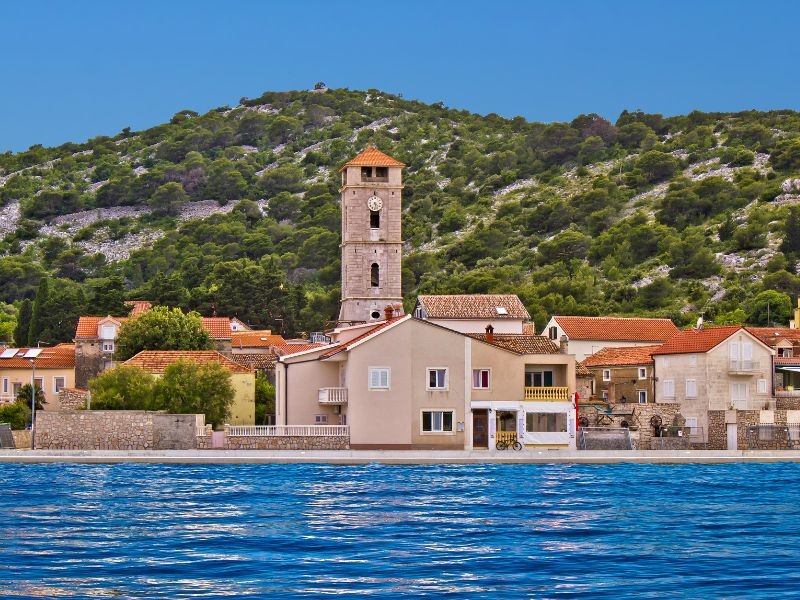
We know this is a no-brainer, but we can’t forget to mention Kornati National Park’s 89 islands, islets, and reefs again. This indented coastline is a dream for divers and snorkelers who can dive in 9 authorized zones within the national park. Kornati’s underwater world abounds in reefs, corals, caves, and shipwrecks. The park includes 353 species of algae and three species of sea flowers, 61 species of coral, 177 species of mollusks, 127 species of polychaetes, 61 species of decapods, 64 species of echinoderm, and 185 species of fish. This national park also offers quite a bit on land, like 700-800 higher plant species and 850 animal species, making it a go-to destination for hikers and birdwatchers.
And let’s not miss the cultural monuments, like the hilltop 6th-century Toreta fortress, located on the largest island of Kornat, the first place to be colonized. At the foot of the Toreta fortress is a Byzantine-era Christian basilica, while Piškera Island is home to a small church from 1560 built for fishers, said to be the only one of its kind. The Tajerske Sestrice lighthouse, built in 1876, also stands out thanks to its red and white stripes.
And what about when you’re on Murter? Its island towns, of course! A road easily connects the towns of Murter, Tisno, Jezera, and Betina, meaning there is no reason you can see them all. Murter town is the largest town on the island, with a vibrant central square, cafes, restaurants, and cobblestone alleyways. The 18th-century St. Rocco Church sits on Vršina hill between Murter and Betina with unreal panoramic views. It’s an easy hike or bike ride up to this must-see attraction.
In the village of Betina is the Betina Wooden Shipbuilding Museum, honoring the area’s long tradition in wooden shipbuilding. Betina today is one of few small wooden shipbuilding centers on the Croatian Adriatic, and the museum offers insight into this craft then and now.
And to top it all off? The Gradina peninsula, where you can hike up to the “Vrh Gradine'' viewpoint. But what makes this spot unique is its archaeological sites, especially Colentum beach, the first Croatian archeological beach completed in 2017. It is currently the largest beach in Murter and intertwines history, archeology, oceanography, and cultural and recreational tourism, revamping the Colentum archeological site.
